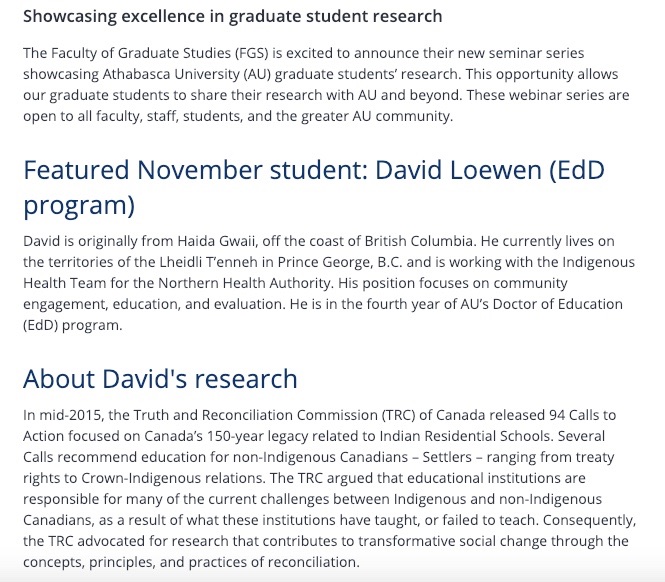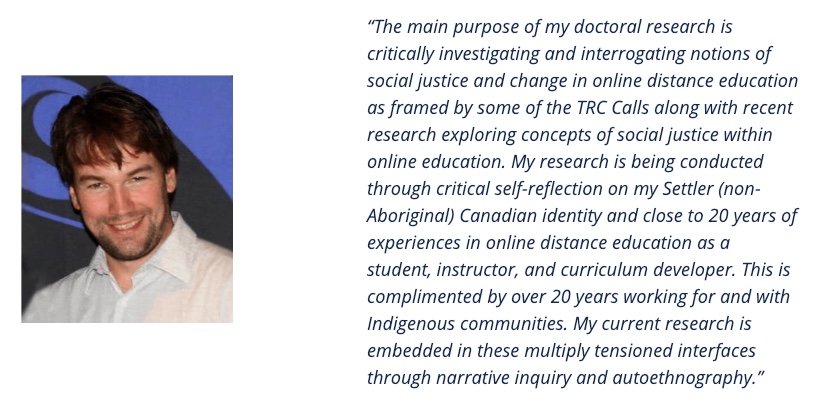I am an instructor for a course on interpersonal communication and conflict resolution with the following learning objectives.
- What are the intended learning outcomes of the course? Do the learning outcomes reflect high-level cognitive skills or low-level skills (pay attention to the verbs)?
- Improve interpersonal communication by understanding the role of nonverbal communication and culture in how messages are sent and received, as well as providing students with skills and strategies to communicate assertively and turn conflict into collaboration;
- Understand their own problem-solving and decision-making styles, and the impact these styles may have on others;
- Learn group problem solving and decision making strategies;
- Learn how to motivate others by managing their own behaviour and communication style;
- Understand the cumulative impact of stress, and learn how to manage their reactions under tension, pressure, and stress.
2. How is student learning assessed in the course (essays, quizzes, journals, machine-gradable tests, portfolios)?
This particular course has a combination of assignments, classroom participation and a final exam.
3. In what ways are the intended learning outcomes and the assessments aligned or not?
A combination of alignment and complete non-alignment. For example, having a final exam on a course focussed on interpersonal communication and conflict resolution is not very aligned.
_ _ _ _ _
Rather than commenting on the other aspects of this suggested post – I was quite struck by some potential stereotypes in the videos provided for this module. For example, it seemed remarkable to me that the young woman was the ‘deep’ learner and what appeared to be a young male, and potentially a visible minority at that. I am curious whether the video producers were aware of the potential stereotypes.
Furthermore, there are interesting metaphors used repeatedly in this module and in the videos, with the potential for ethnocentric views. It seems simplistic to suggest that a learner is a ‘shallow’ or ‘surface’ learner because they are a “C” student simply looking to get through a course. This seems to be far more a reflection of the education system, than the learner. Focussing on the learner, has the danger of potentially pathologizing each individual learner, as opposed to exploring how different learners learn in different ways.
_ __ _ _ _ _
Part of the pondering I highlight here is related to the fact that as of late, I instruct the above course to 100% International students and face-to-face with Moodle support and foundation. In the previous semester, I had 15 students from the Punjab area of India, 5 students from other parts of India, 1 from S. Korea, 1 from Rwanda, 1 from Croatia, 4 from the Philippines, and 2 from Mexico. The range of cultural differences in interpersonal communication styles, along with conflict resolution – was astounding at times.
Therefore, some reflection is required in linking learning objectives with the actual students, and respecting their differences and similarities. This would be part of a “student-centred” approach, no?


